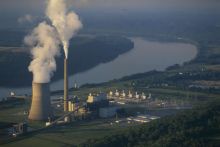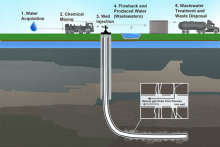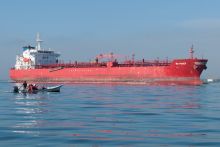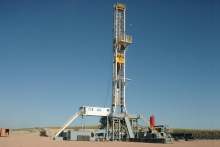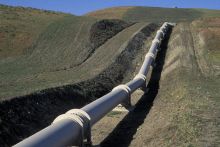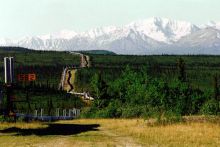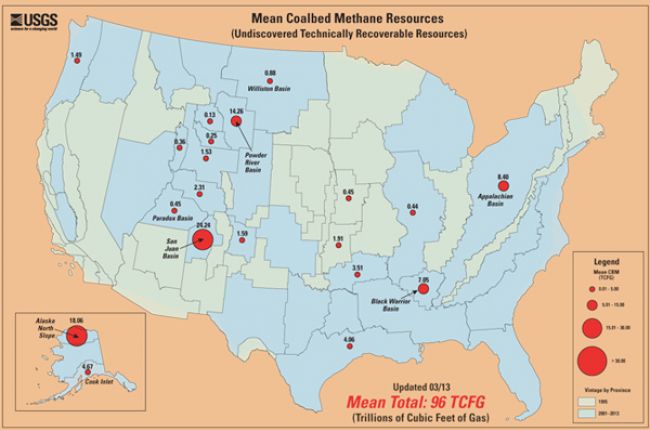
Most coal has some methane (the main component of natural gas) trapped inside it. This methane is produced during the coal formation process and gets trapped on the surface of the coal in tiny pores and fractures.1 Many coalbeds also contain large amounts of water; the pressure from this water keeps the methane in place. Coalbed methane is extracted by pumping out the water, which lowers the pressure, allowing the gas to detach from the coal surface and flow out into the well.1
U.S. coalbed methane production peaked at nearly 2 trillion cubic feet in 2008, but dropped steadily in later years, with 1 trillion cubic feet produced in 2017, mostly from Colorado, New Mexico, Wyoming, and Virginia.3 In 2017, coalbed methane provided 3.6 percent of total U.S. natural gas production.4
References
1 Coal-Bed Methane: Potential and Concerns U.S. Geological Survey
2 U.S. Coalbed Methane Production (Graph) Energy Information Administration
3 U.S. Coalbed Methane Production (Table) Energy Information Administration
4 U.S. Dry Natural Gas Production Energy Information Administration
Learn More:
- U.S. Coalbed Methane Production (Website), Energy Information Administration
Data for annual coalbed methane production in the United States since 1989.
- Map of Assessed Coalbed-Gas Resources in the United States, 2014 (Map), U.S. Geological Survey
2014 map showing estimated undiscovered but technically recoverable volumes of natural gas from coalbed sources in the United States.
- Coalbed Methane Outreach Program (Website), Environmental Protection Agency
- Homepage of the Coalbed Methane Outreach Program (CMOP), a voluntary program that aims to reduce methane emissions from coal mining, improve mine safety, and promote the profitable recovery and use of coalbed methane.
- Management and Effects of Coalbed Methane Produced Water in the Western United States (Report), National Research Council
2010 report discussing the treatment, disposal, storage, and use of produced water from coalbed methane extraction.

